Camino del Norte: The Way to Güemes
Something started to click in my Camino experience, which is the concept of a “Camino Family.” I’ve had the luxury of taking extra days for places like San Sebastián, Bilbao, and Laredo. It’s nice that I am able to take these rest days but it means that some of the people I started my Camino with have either gone home (they were completing their first etapa) or are days ahead of me. This resulted in me walking alone for days at a time. I’m totally ok with that. One of the reasons I chose the Norte over Frances is that I knew I would be able to have time alone to think about my life and process my grief.
The start of the day from Laredo started with a 6km walk to a ferry (A walk I did roundtrip the day before but that’s really neither here nor there). You then get on a ferry to Santoña. On the ferry I started talking to a couple named Albert and Jennifer.
Albert and Jennifer are a couple that live in Sitges, which from their description sounds like it’s so close to Barcelona that it’s basically part of the city. Albert speaks English but Jenny does not, which was actual the best possible way for me to practice my Spanish. It had a bit of necessity combined with a friendly teacher. When I fumbled my way through basic conversations, Albert was there to fill in some of the blanks. As the conversations got more complicated, I rose to the occasion, even managing to describe American politics and electoral system in Spanish. As Oprah once said, “Well hello! Let’s celebrate that!”
Yes those are strawberries stuffed into my handle. What about it?
We found ourselves in the midst of yet another Spanish holiday. This time it was their Labor One grocery store was still open in Santoña so we bought our groceries for the day. After some notable missteps, I finally know my way around the Spanish supermarkets. I’m pretty sure I’ve been to the grocery store more in the past month than I did during my last year living in New York City.
The Camino often presents different options for how to proceed. One thing remains fairly constant. If there is an option for a more challenging path, it will be more beautiful. As far as metaphors go, it’s a little too obvious.
This stretch of the Camino actually has you walking on a beach, which feels incredible until it doesn’t. All along the beach was pink seaweed and some rocks. When we got to the end we stopped to make a picnic with the provisions we picked up earlier. We sat on the grass and Albert quipped a beachside view in Barcelona would cost 20 euros.
The next four hours of walking felt like a bit of a grind, but I was so grateful to have Albert and Jenni there. Albert will talk to anyone, which included various dogs, cows, and goats that we saw along the path. He also wins “Boyfriend of the Year” because in addition to his own pack he was carrying all of Jenni’s belongings as well. When Jenni would fall behind Albert would cheer her on yelling, “Hey, Chiti!!!” We found ourselves on a winding path through landscapes with a distinctly Windows XP look.
Walking for hours and hours with people that are basically strangers creates a pretty immediate closeness that would be unimaginable in other scenarios. You’ll find that you get through the standard biographical details quickly, and naturally start getting pretty deep because you’ve spent hours talking to each other. It’s not uncommon to hear people say things like, “I can’t believe I’ve only known you for two days.” I know that sounds cheesy but if you think about it, the equivalent of 48 hours with someone on the Camino (sleeping in the same rooms!) would take months in the real world where “We HAVE to hang out soon!” is how people say goodbye. There’s an openness and a sense of community on the Camino that’s special. We may have different reasons and different routes, but we are all working towards a shared goal that is greater than ourselves.
The famous Cabaña del Abuelo Peuto
Güemes has one of the most famous albergues on the entire Camino del Norte Route. It’s called “La Cabaña del Abuelo Peuto” and it’s run by an 82-year-old man called Father Ernesto, who has been hosting pilgrims for 20 years. There’s something really familiar about Father Ernesto’s story. Decades ago he drove a van all over the world for 2+ years in what he nows refers to as “La Universidad de la Vida” or “The University of Life.” After he finished his “studies” he opened up the albergue, which he considers his diploma. It’s a large, donation-based albergue that houses 80+ pilgrims depending on the time of year where they serve a hearty dinner and breakfast.
At this point in my Camino this albergue felt very luxious. During our stay there were 52 pilgrims from 17 different countries staying in the albergue. Communal dinners make a huge difference in facilitating connections between pilgrims and this was the first one I’d eaten in a long time. Albert, Jenni, and I sat with an older French couple and devoured the seemingly endless supply of food that came our way. Dinner consisted of two different soups, dessert, and a bottle of wine. The French couple had a funny story about the Camino. They were from Bordeaux and attempted the Camino previously. The wife had to stop because she injured herself. The husband attempted to finish without her but less than a week later he also became injured, perhaps as a result of karma.
La Cabaña del Abuelo Peuto felt like an idealistic commune right down to its charismatic Octagenarian figurehead (Osho?). The key difference is it adheres to the same basic principle as all albergues: you can only stay there one night. It would have been one of the most restful nights of my entire Camino had I not been woken up by the police at 2:30am. The albergue had been robbed.



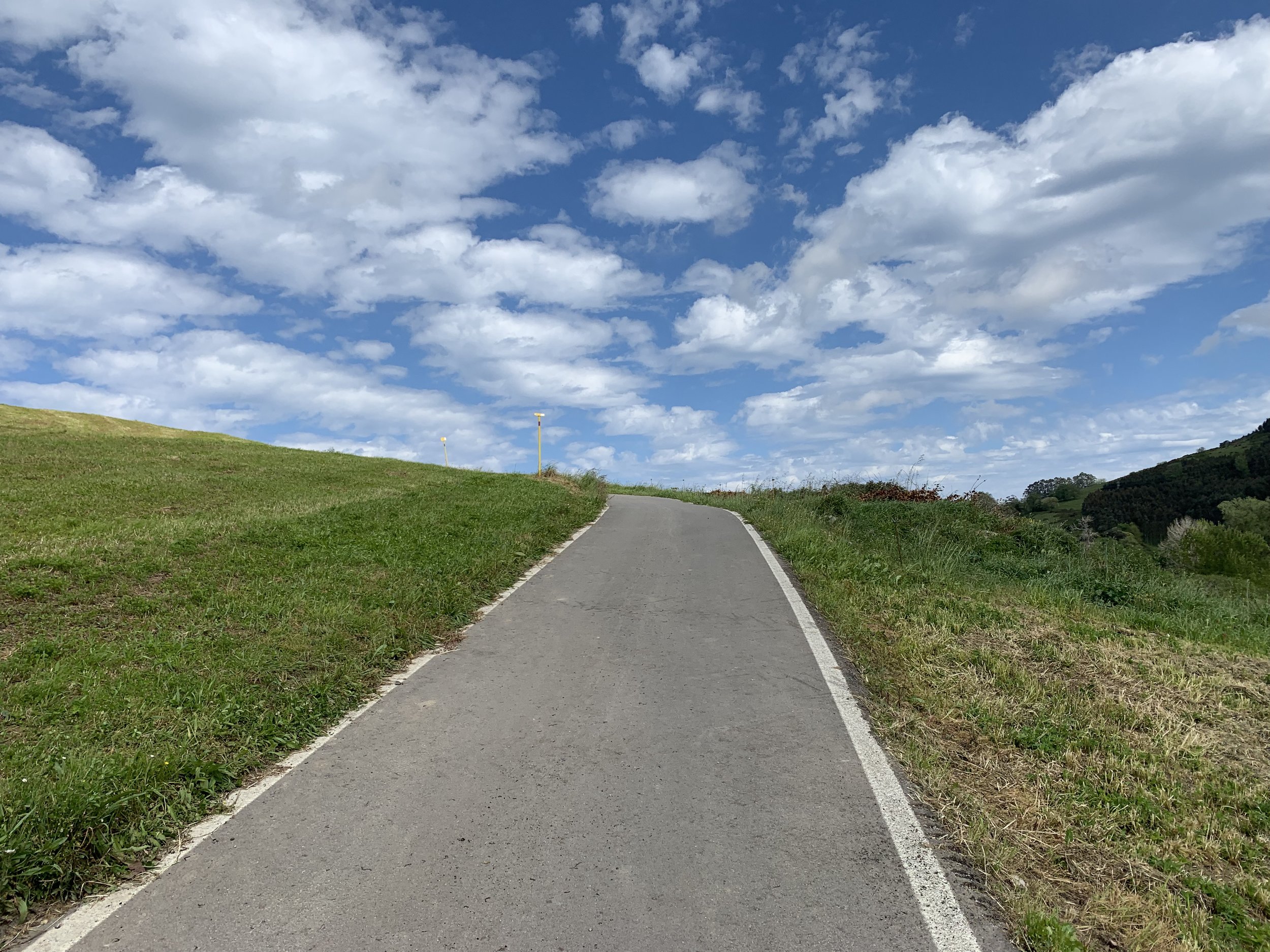





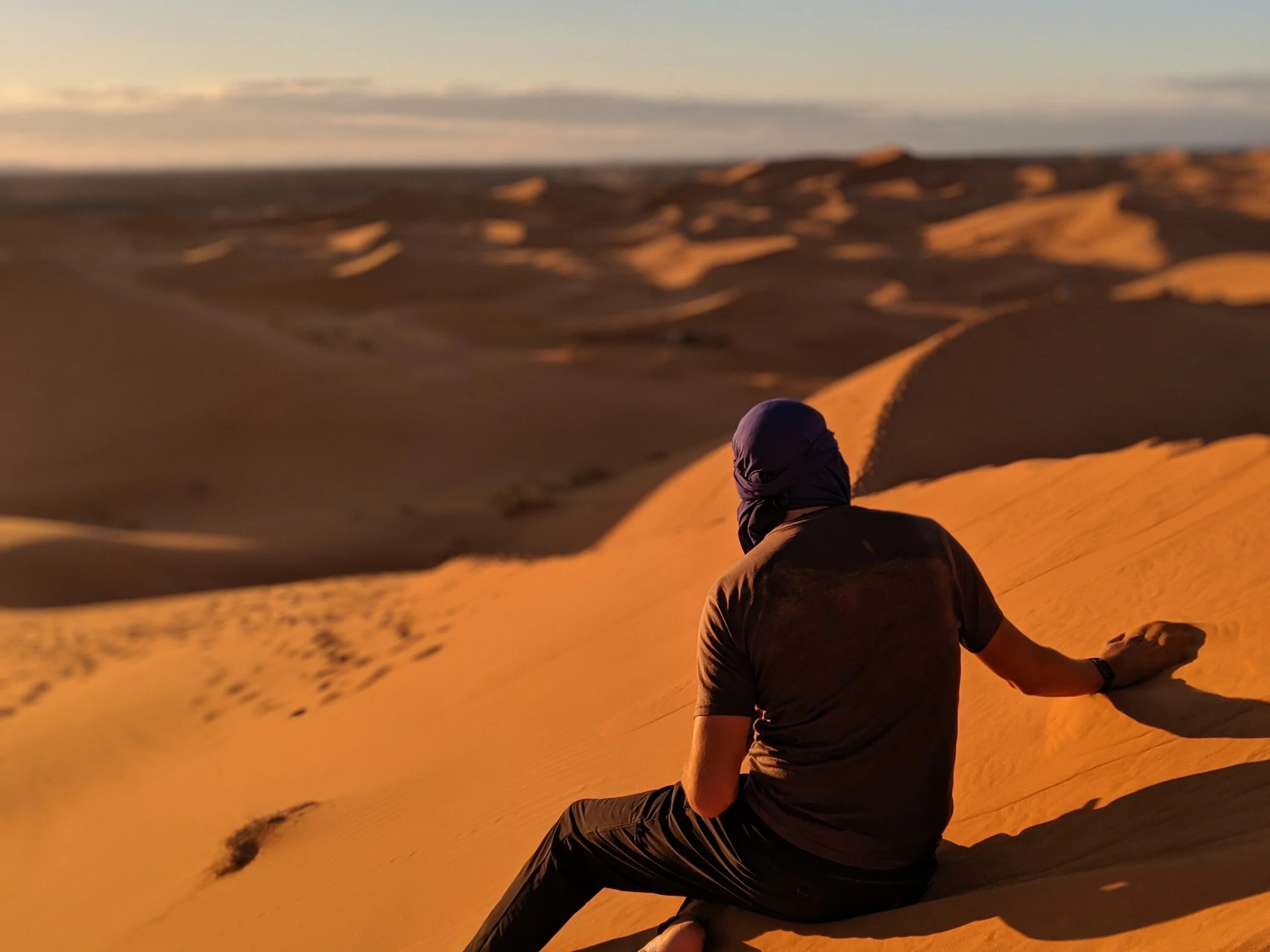



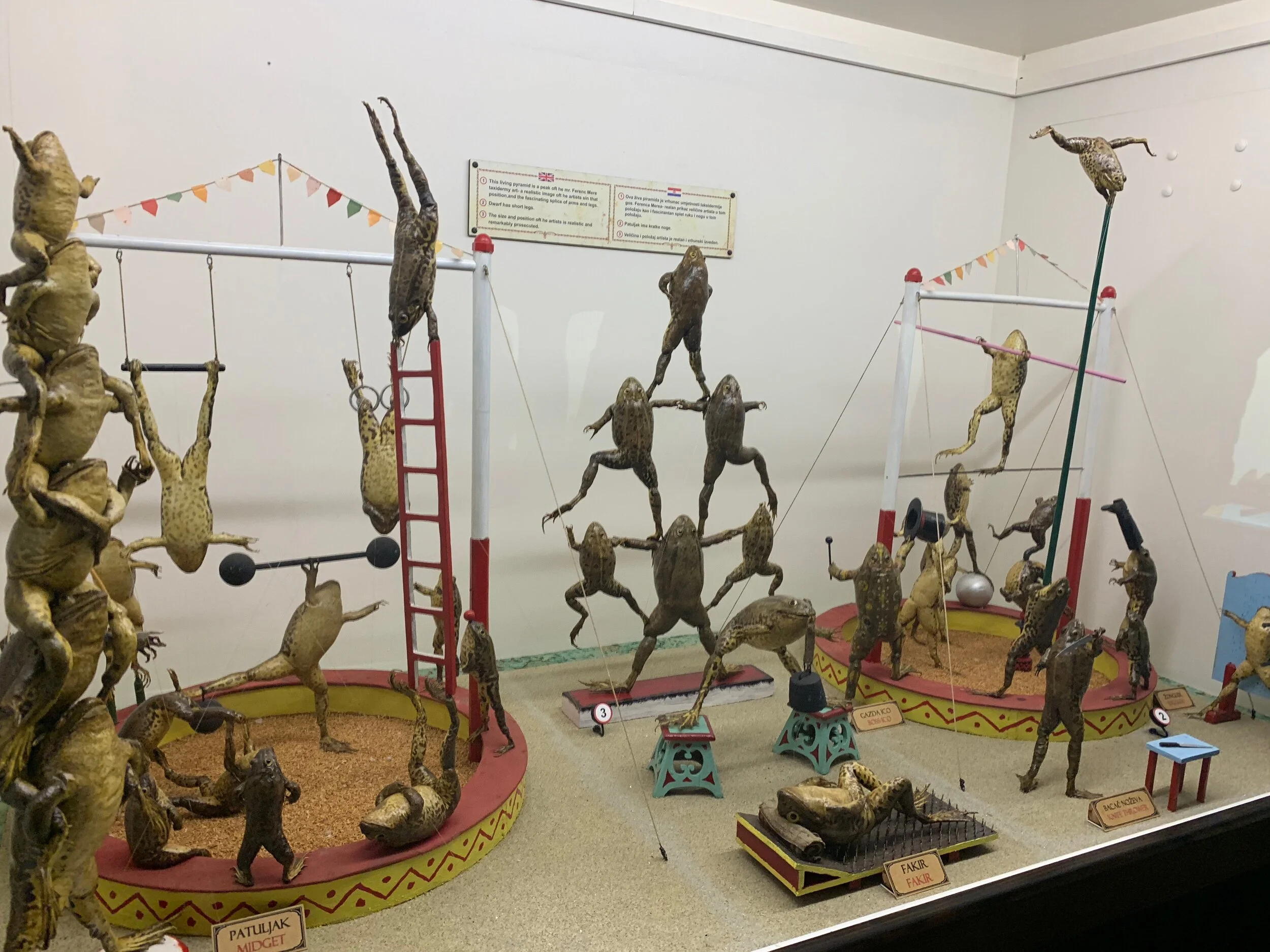
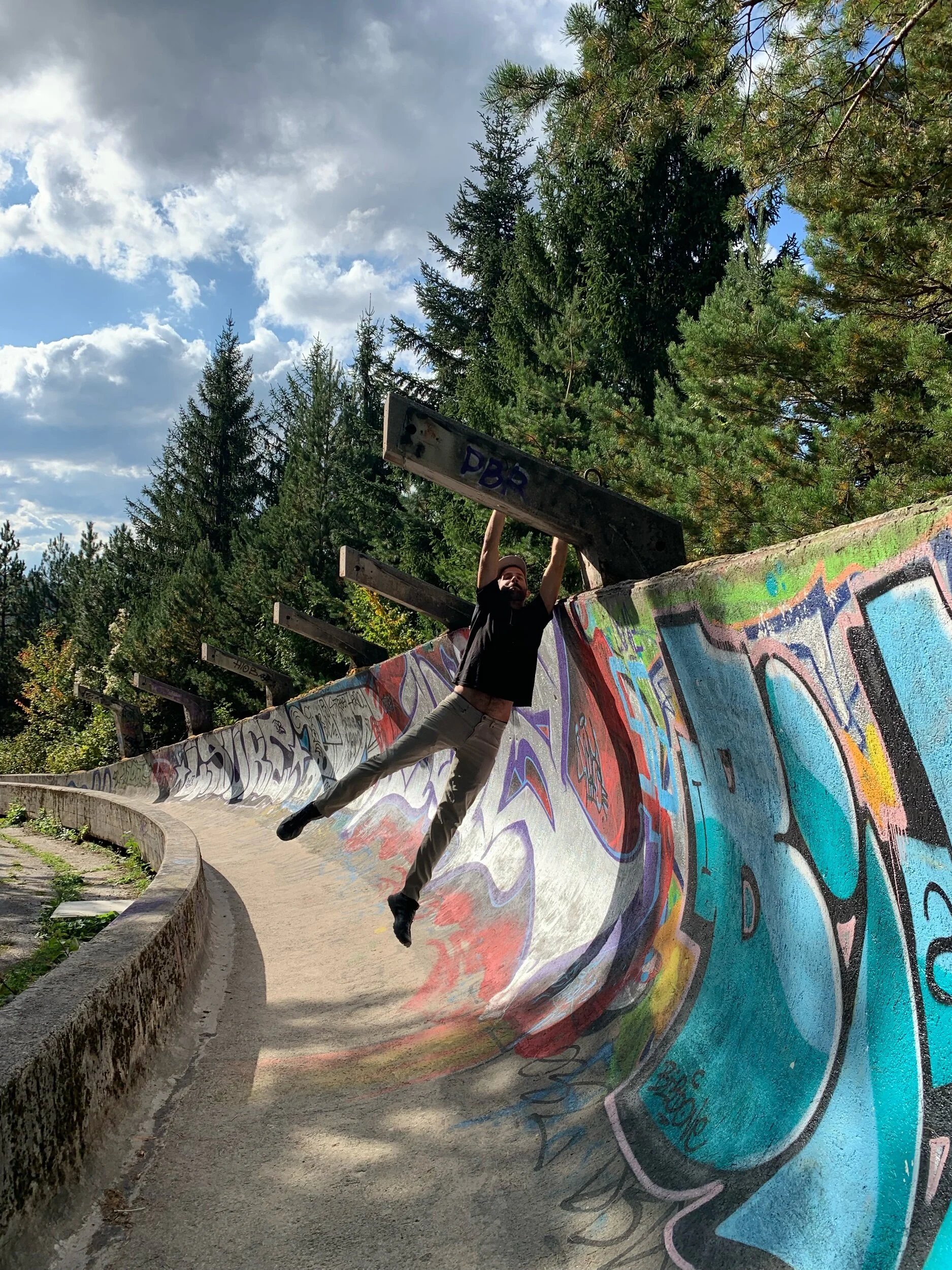
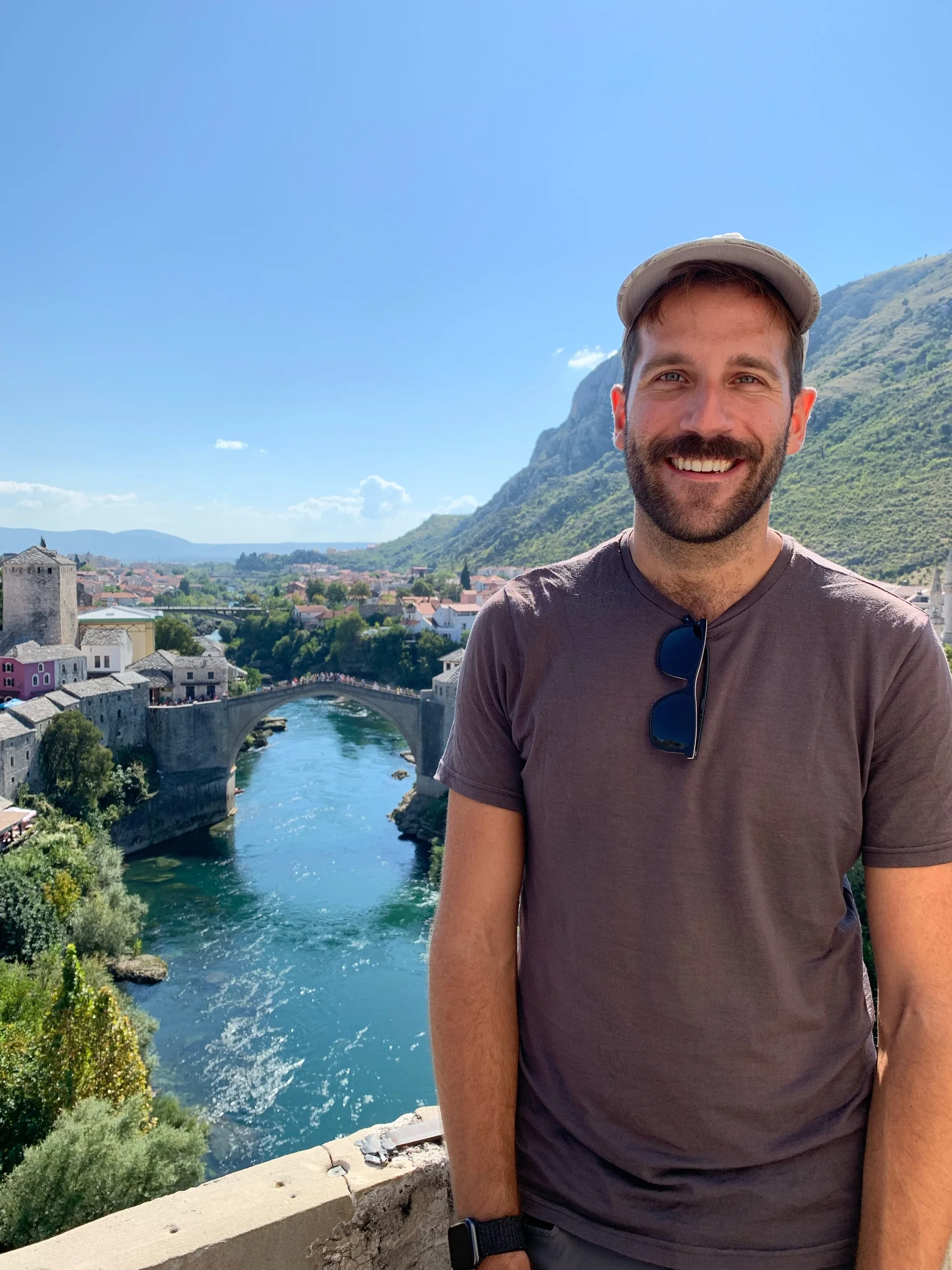


A must for history junkies